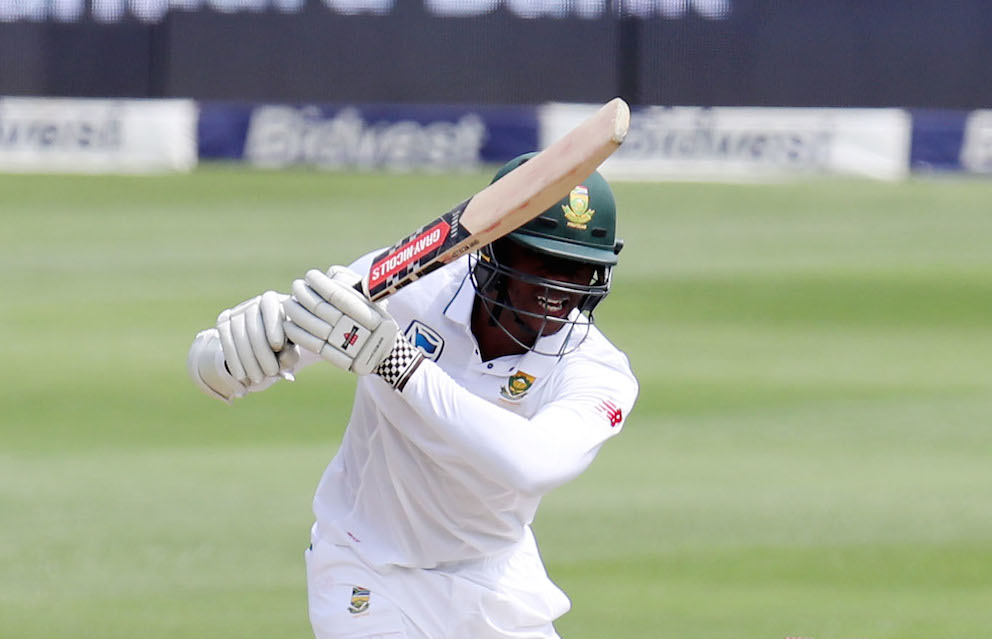Ravi Ashwin’s century in Chennai was a joy to watch, but leaves one wondering how the Proteas still haven’t found an Ashwin of their own. In Kagiso Rabada, they have one with the potential to be just that, writes SA Cricket magazine editor RYAN VREDE.
Before we get into the meat of this piece, I want to lay this foundational premise: not all Test all-rounders are created equal. Ashwin is a bowling all-rounder who is a capable batsman, as demonstrated by his exceptional innings against England on Monday.
But he does not start with the base batting talent of the world’s best all-rounder, Ben Stokes. The Englishman could make the side on the strength of his batting alone. Not so Ashwin.
Ashwin is a lower-order gift from the cricket gods, possessing the technical ability and mental discipline to flirt with and possibly exceed an average of 30. On his best day, he’ll get you a century, as he did so brilliantly for India in Chennai.
There are others like him floating around Test cricket, his India teammate Ravindra Jadeja and England’s Chris Woakes among them.
These men are gold, especially in Test cricket. The Proteas have long tried in vain to fill the void left by Jacques Kallis. That’s been an unsuccessful mission, but, again, that isn’t the base talent level we’re profiling.
From a Test perspective, Vernon Philander was the last player for the Proteas who was highly competent with the ball and incredibly useful with the bat in the manner Ashwin is for India (notwithstanding the emergence of Wiaan Mulder). Philander retired with an average of 24.04, which is probably a fair reflection of his batting ability.
In this context, I can’t help but wonder why Kagiso Rabada has been so deeply disappointing as a batsman.
He was a very competent junior international batsman, one who, you sensed, was worth the investment in this context. Even now, Rabada’s technique is really good by lower-order standards.
But he averages 11 in Test cricket. He has betrayed his talent. He is better than that, but, critically, he needs to want to be better than that, with that desire reflected in time spent improving, honing and refining his batting.
I suggest it would be worth coach Mark Boucher’s time to try to wring all of Rabada’s batting potential out of him. Rabada, after all, is only 25 years old.
There are lessons in Ashwin’s (who is nine years older) batting journey.
In his post-match interview following his excellent and potentially match-winning century on day three of the second Test against England, Ashwin spoke about the work that had preceded his innings in Chennai. He was being left out of the India’s limited-overs squads, Jadeja preferred because of his superior batting. It is the modern way for the game’s elite teams to bat deep in white-ball cricket, and Ashwin was seen as a liability in this regard.
He refused to have his playing opportunities limited by his batting limitations. So he worked in an unrelenting and, frankly, obsessive fashion.
Ra Aravind, a high-performance coach and batting consultant to Ashwin, tweeted insight into just how much work Ashwin did: ‘A quick stat. Ash hit about 300 balls thrice a week from April till ipl [sic]. Which includes visualization, under arm, over arm, side arm, bowling etc. Of cloth, tennis, synthetic, cricket balls. Throw from wall, kids, wife, friend , team mates etc. Approx 30,000 balls.’
The work continued leading into the second Test against India, with a focus on playing left-arm spinner Jack Leach effectively. Ashwin turned to India batting coach Vikram Rathour, whom he’d worked with regularly recently and credited for his improvement. Rathour suggested he bring the sweep shot out of retirement. Ashwin told the media that he hadn’t swept for 13-14 years, but had now embraced it once more. Without it he wouldn’t have reached the milestone.
‘[I’ve] been practising only that shot over the last week to 10 days. Very, very thankful that the plan has paid off. The wicket is such that you can get your runs square. A very, very good day,’ was his assessment.
Ashwin’s ambition was to be a white-ball asset. The work he did inadvertently bore Test fruit. This is not the point, though. In the context of this piece, it is clear that Rabada has a similar talent base to Ashwin. But talent alone won’t be the reason he realises his potential, as Ashwin is so determined to do.
Indeed talent may be the reason he doesn’t because, as former England Test batsman Ed Smith writes in his book ‘What sport tells us about life’: ‘… talent has a nasty habit of protecting the talented from the desire to self-improve’.
I’d argue that, on the evidence of what we’ve seen across 68 Test innings, Rabada has a comparable base batting talent to Ashwin. But he doesn’t seem to have Ashwin’s drive to wring out the fullness of his potential. There also appears to have been either a lack of investment from his coaches, or insufficient measures thereof.
This can change and I hope it does, because players like Ashwin are one of the foundational elements of building an elite Test team.







